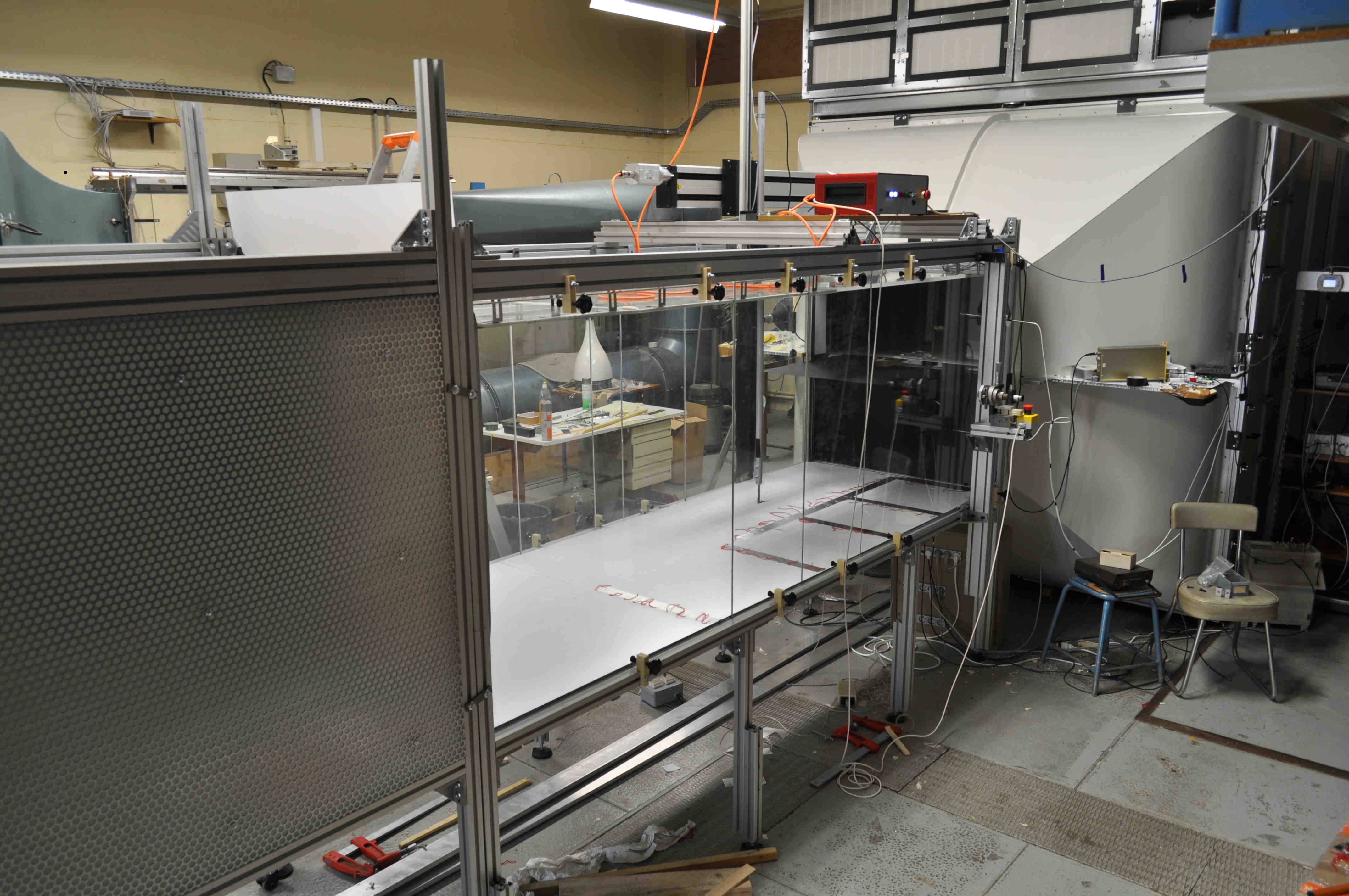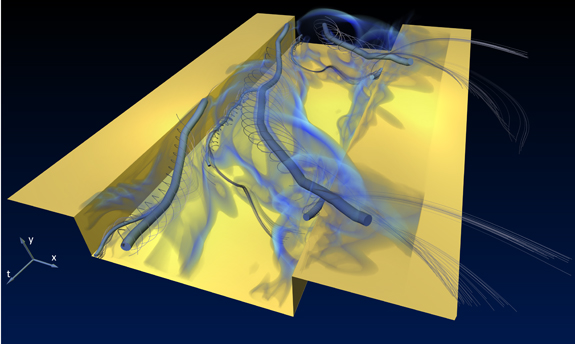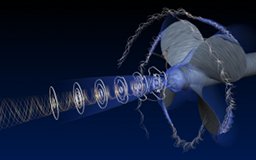Purpose
The Fluidic Pinball is a freely available toolkit for exploring multiple-input multiple-output flow control.
Simulation with seven different control laws by Rishabh Ishar.
0<t<;50: unforced transient; 50<t<100: aerodynamic boat tailing; 100<t<150: base bleading; 150<t<200: high-frequency forcing; 200<t<250: low-frequency forcing; 250<t<300: Magnus effect in one direction; 300<t<350: Magnus effect in the opposite direction.
Principle investigators of the Fluidic Pinball
Marek Morzynski, Bernd R Noack and Robert Martinuzzi
Publications
- Noack, B.R & Morzynski, M. (2017) "The Fluidic PinBall - a Toolkit for Multiple-Input Multiple-Output Flow Control (Version 1.0)". Technical Report 02/2016, Chair of Virtual Engineering, Institute of Combustion Engines and Transport, Poznan University of Technology, Poland.
- Morzynski, M. & Noack, B.R. (2016) "Fluidic PinBall - a Toolkit for Multiple-Input Multiple-Output Flow Control (Version 0.1)". Technical Report 01/2016, Chair of Virtual Engineering, Institute of Combustion Engines and Transport, Poznan University of Technology, Poland.
- Noack, B. R., Stankiewicz, W., Morzynski & Schmid, P. J. (2016) "Recursive dynamic mode decomposition of a transient cylinder wake." Journal of Fluid Mechanics 809, 843--872. (html)
Team
- Yaoping Hu, Robert Martinzzi, Cedric Raibaudo, Peng Zhong
- Steven Brunton, Eurika Kaiser
- Lionel Mathelin, Bernd Noack, Luc Pastur, Francois Lusseyran
- Krzysztof Kotecki, Marek Morzynski, Witold Stankiewicz
Download
-
http://gitlab.com/PinBall
The pinball code will soon be openly available. Currently it is tested by collaborators.
Links for simulations
- Simulation of different control laws by Marek Morzynski
- Feature extraction of same simulation by Eurika Kaiser
Companion experiment

Christopher Morton (left) and Cedric Raibaudo (right) at the dedicated fluidic pinball experiment at University of Calgary








